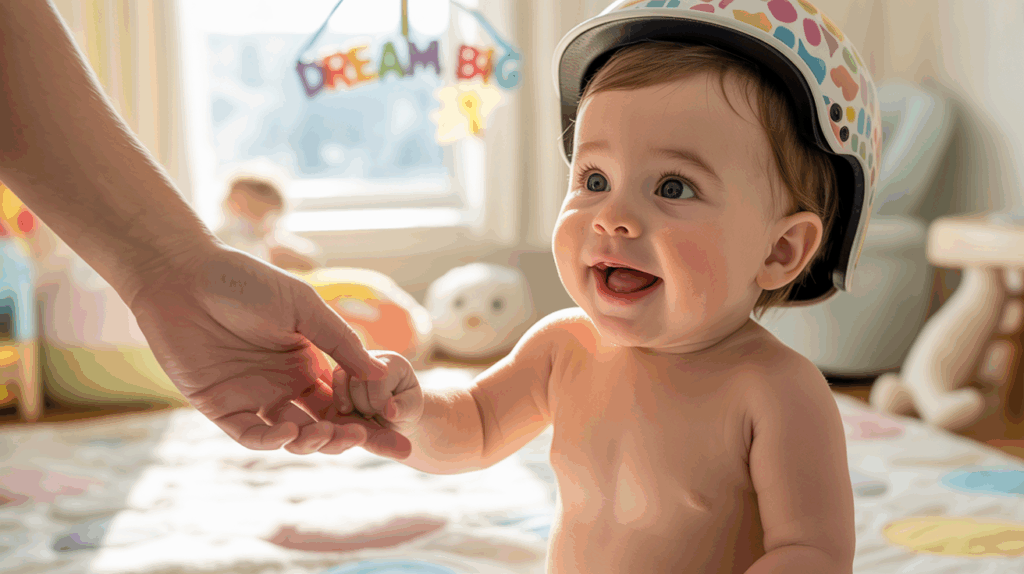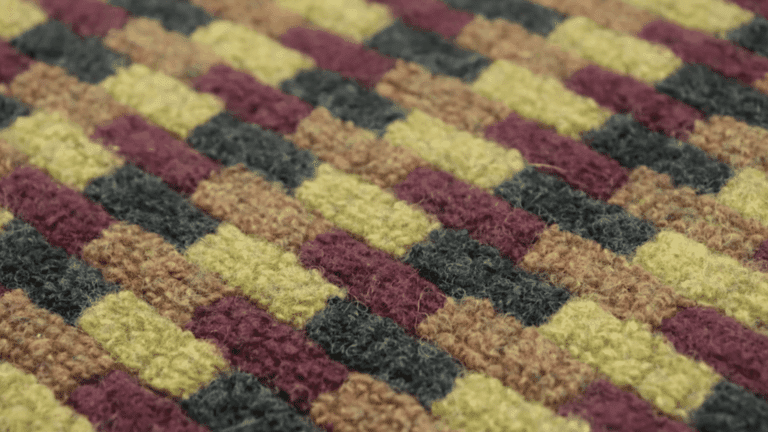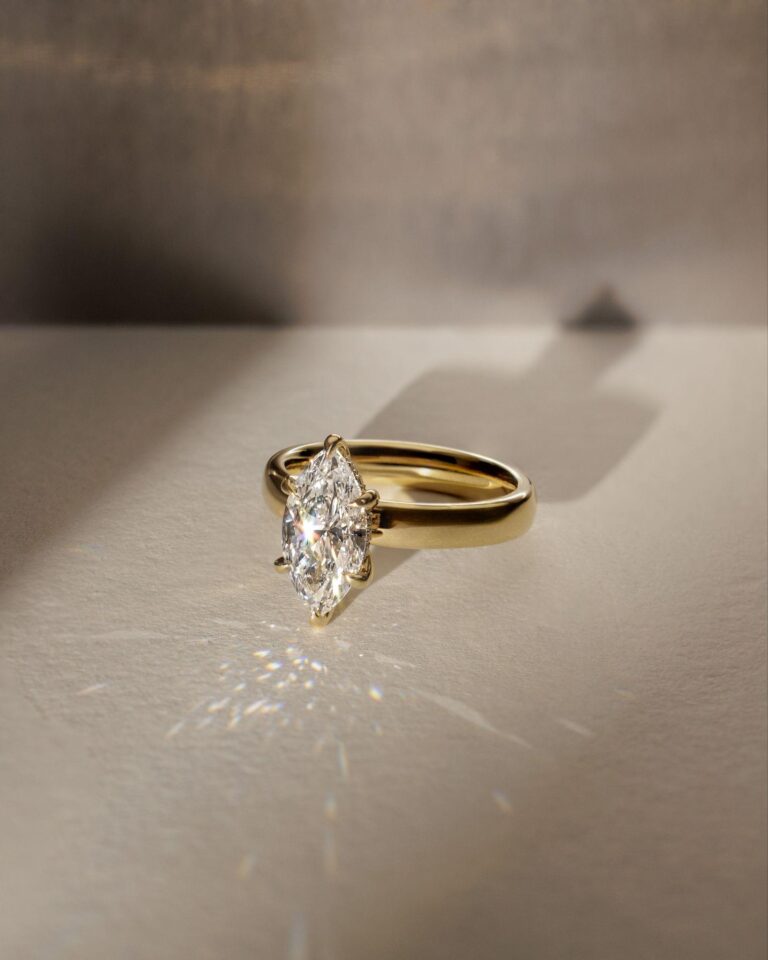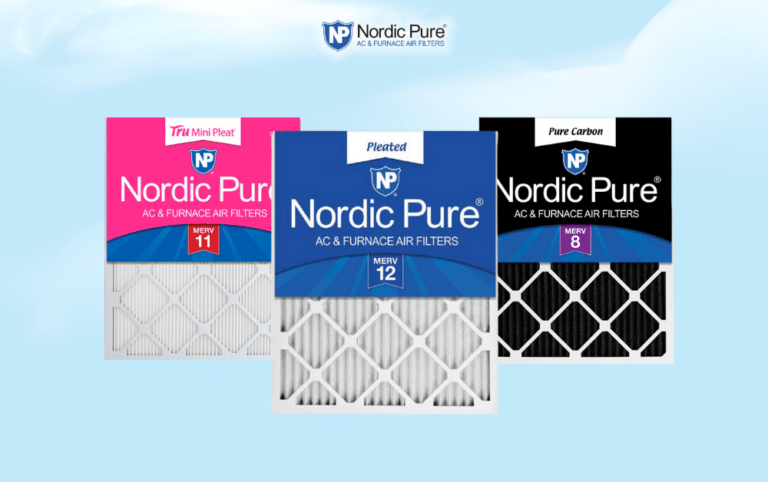Many parents feel worried when they notice their baby’s head looks flat on one side. This common issue affects lots of families, and it’s normal to have questions about what to do next.
Getting the right information can help you make good choices for your little one’s health and growth.
The good news is that you can learn the signs that show when a baby might need a helmet.
This blog will show you what doctors look for, when to get help, and what options you have. You’ll find clear facts about baby helmets, how they work, and when they’re truly needed.
What are Baby Helmets?
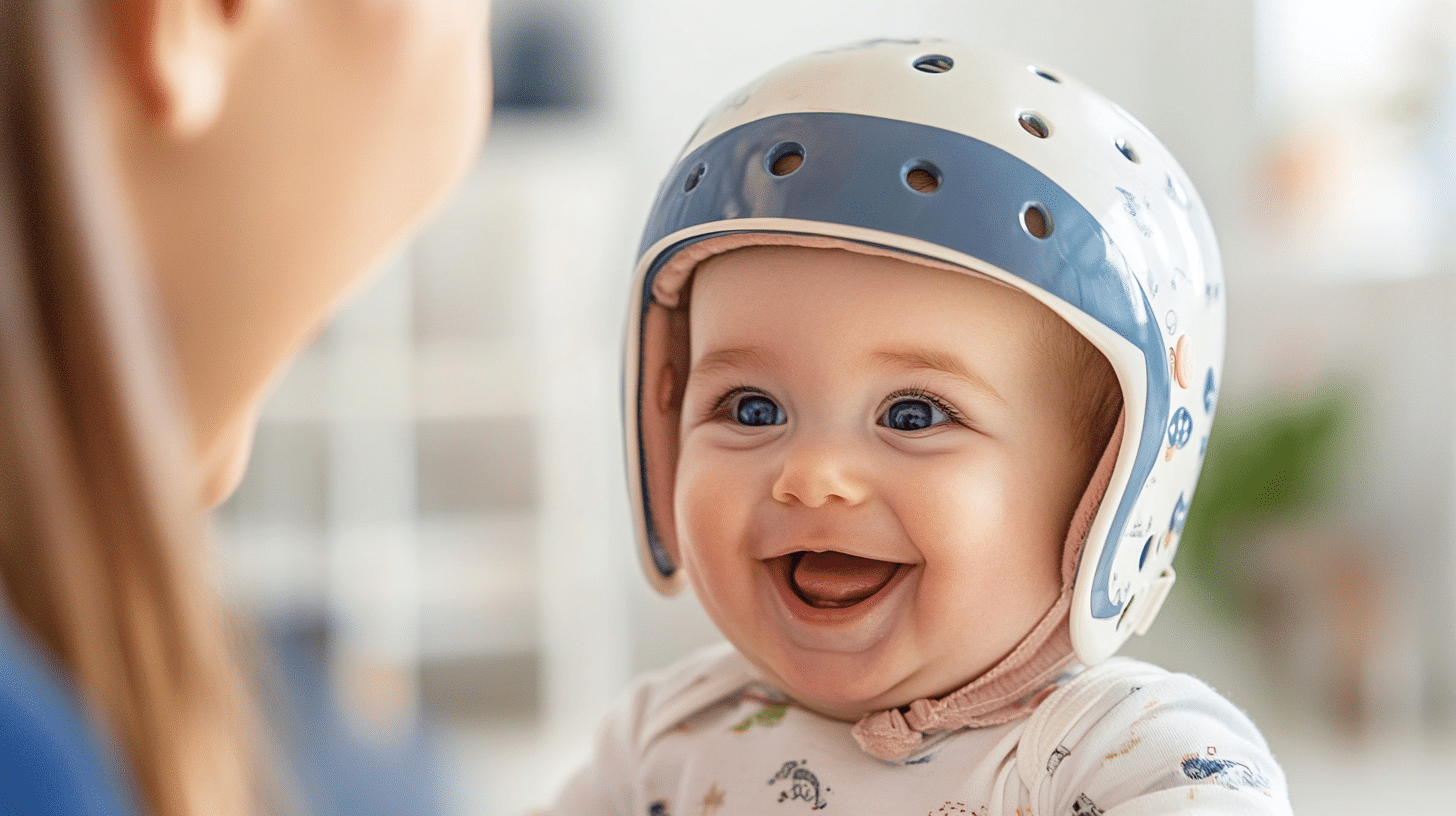
Baby helmets help shape a baby’s head when it grows unevenly. These small helmets are made just for babies who need them.
Doctors often call them “cranial bands” or “cranial orthoses.” They work by gently pressing on parts of the skull that stick out too much.
Some babies are born with flat spots on their heads. Others get them from sleeping in the same position too often.
Parents might notice that their child’s head looks a bit different on one side. The helmets do not hurt babies. They fit snugly but comfortably on a little one’s head.
Babies wear them for a few months while their skulls are still soft and growing. Most babies get used to them quickly.
Not every baby needs a helmet. Doctors check the shape of a baby’s head during regular checkups. They measure it to see if the flat spots will fix themselves or if a helmet might help.
Importance of Early Detection in Helmet Therapy for Babies
Early detection is critical for successful helmet therapy outcomes in infants with cranial deformities.
When plagiocephaly, brachycephaly, or other skull shape abnormalities are identified within the first 4-6 months of life, helmet therapy can achieve optimal results as the infant’s skull remains highly malleable during this period.
Waiting until after 6 months significantly reduces treatment effectiveness, potentially leading to less complete correction and longer therapy duration.
The ideal treatment window closes progressively as babies age, with minimal benefit typically seen after 18 months when cranial sutures begin fusing.
Early intervention not only improves physical outcomes but often reduces treatment time from 6+ months to as little as 2-3 months in very young infants.
Signs Indicating that Your Baby Might Need a Helmet
Certain signs can show when a baby might need a helmet to help correct head shape or alignment.
Recognizing these early can ensure timely treatment and support healthy skull development. These signs solve the problem of every parent who has the question, “How do I know if my baby needs a helmet?”
- Flat Spots: When a baby has flat areas on the back or side of the head that don’t go away on their own.
- Uneven Shape: If the baby’s head looks more round on one side than the other when seen from above.
- Head Tilt: The baby often holds their head at an angle or always turns to look in one direction.
- Doctor Concern: A pediatrician measures the baby’s head and thinks the shape needs help to grow better.
- Early Age: The baby is between 4 and 6 months old, which is the best time to start helmet treatment if needed.
- No Improvement: Parents have tried changing the baby’s sleeping position and tummy time, but the head shape hasn’t gotten better.
- Family History: Other babies in the family needed helmets for their head shape in the past.
- Difficulty Fitting Hats: Regular baby hats don’t fit well because of the head’s unusual shape.
Where to Seek Professional Help?

Parents should start by talking to their baby’s regular doctor. The doctor will look at the baby’s head shape during normal check-ups.
If the baby’s doctor suggests more help, parents can visit a head shape expert. These doctors are often called craniofacial specialists or neurosurgeons.
They know a lot about baby head shapes and what treatments work best.
The specialist will take more detailed measurements of the baby’s head. They may use special tools to make a 3D image of the skull.
The specialist can tell if the baby needs a helmet or if other treatments might work. They will also explain how long the baby might need to wear the helmet.
The Pros and Cons of Using a Helmet for Your Baby
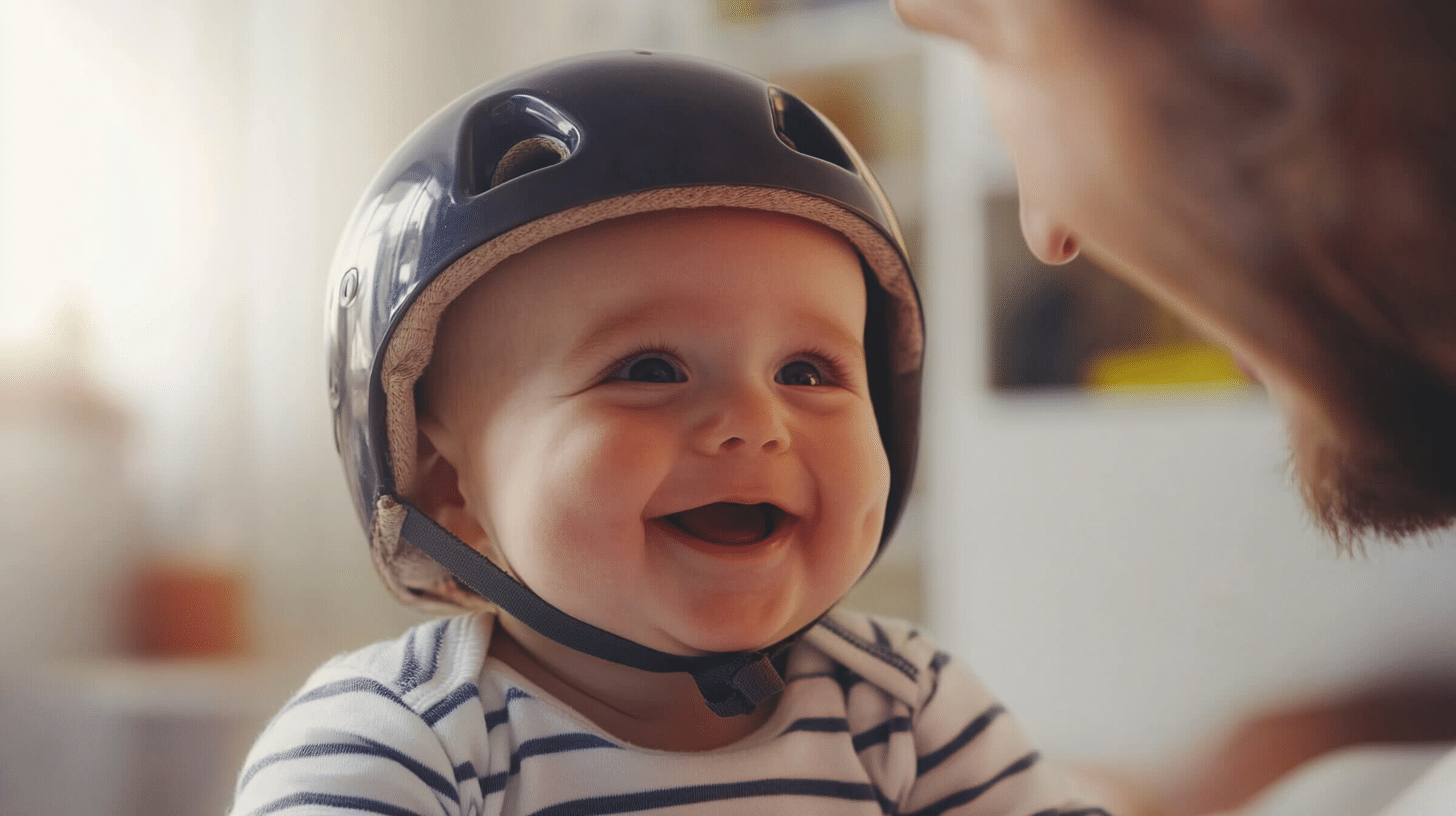
Using a helmet for your baby can help correct head shape issues and promote healthy skull growth. However, it may also come with challenges like discomfort and the need for consistent wear, so it’s important to weigh the pros and cons.
Pros of Using a Helmet
- Effectiveness: Helmets fix most head shape problems when used as the doctor suggests. They work well for babies who have tried other options without success.
- Quick Results: Most babies see clear changes in their head shape within the first few weeks of wearing a helmet. The full fix often happens in 3 to 6 months.
- Safety: These helmets have been tested to ensure they’re safe for babies. They have smooth edges and use materials that don’t harm skin or cause allergies.
- Painless: Babies don’t feel pain when wearing a well-fitted helmet. The gentle pressure works slowly over time, so the baby stays comfortable.
- Growth Support: The helmet guides the baby’s head growth. It allows the flat areas to fill out while keeping the round areas from getting bigger.
Cons of Using a Helmet
- Cost: Helmets can be costly, often between $1,000 and $3,000. Some insurance plans help pay, but others might not cover it fully.
- Adjustment: Babies need time to get used to wearing something on their head. The first few days might include some fussing or sleep problems.
- Heat: Helmets can make a baby’s head warm, especially in hot weather. Parents need to watch for sweating and skin issues under the helmet.
- Daily Care: The helmet needs cleaning every day. Parents must check the baby’s skin for red spots and follow a strict wear schedule.
- Time Commitment: Babies need to wear the helmet 23 hours each day. This means taking it off only for bath time, which can be hard for families to keep up with.
The Bottom Line
Now you know the answer to your question: How do I know if my baby needs a helmet? Parents know the signs that a baby might need a helmet.
Flat spots, uneven head shapes, and head tilts are key signs to watch for. Talking to a doctor is the best first step when these signs show up.
Remember that timing matters with baby helmets. The best results happen when treatment starts between 4 and 6 months old, when the skull still grows quickly.
For parents still unsure, take photos of the baby’s head from above and bring them to the next check-up. This small step can bring peace of mind and the right care if needed.


